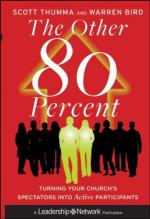In 1706, the date of the union between England and Scotland, Whig influence had been strengthened by the elections of the preceding year, and Addison was, early in 1706, made Under-Secretary of State to Sir Charles Hedges, a Tory, who was superseded before the end of the year by Marlborough’s son-in-law, the Earl of Sunderland, a Whig under whom Addison, of course, remained in office, and who was, thenceforth, his active patron. In the same year the opera of Rosamond was produced, with Addison’s libretto. It was but the third, or indeed the second, year of operas in England, for we can hardly reckon as forming a year of opera the Italian intermezzi and interludes of singing and dancing, performed under Clayton’s direction, at York Buildings, in 1703. In 1705, Clayton’s Arsinoe, adapted and translated from the Italian, was produced at Drury Lane. Buononcini’s Camilla was given at the house in the Haymarket, and sung in two languages, the heroine’s part being in English and the hero’s in Italian. Thomas Clayton, a second-rate musician, but a man with literary tastes, who had been introducer of the opera to London, argued that the words of an opera should be not only English, but the best of English, and that English music ought to illustrate good home-grown literature. Addison and Steele agreed heartily in this. Addison was persuaded to write words for an opera by Clayton—his Rosamond—and Steele was persuaded afterwards to speculate in some sort of partnership with Clayton’s efforts to set English poetry to music in the entertainments at York Buildings, though his friend Hughes warned him candidly that Clayton was not much of a musician. Rosamond was a failure of Clayton’s and not a success of Addison’s. There is poor jesting got by the poet from a comic




